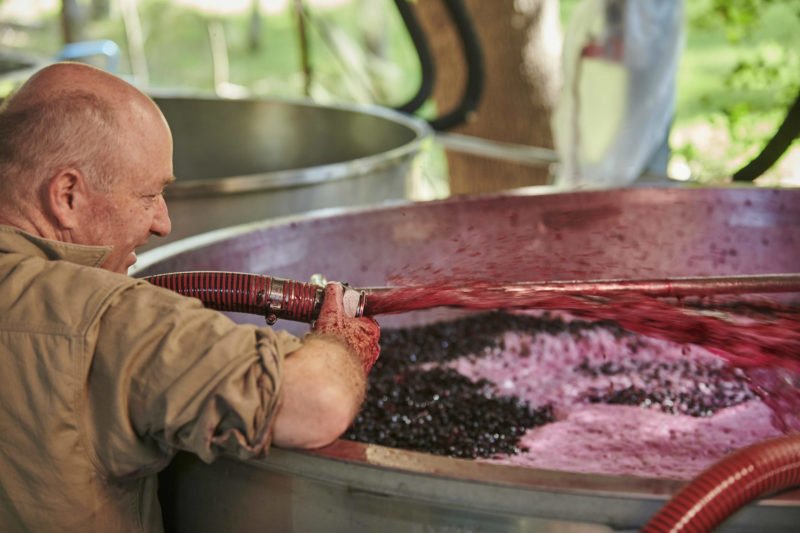A once alternate variety that has well and truly established itself as mainstream with Australian drinkers.
It seems these days, that every wine list in every restaurant and bar has at least one bottle of Malbec and often, it’s offered by the glass too. So yes, a household name perhaps, but what makes it a worthwhile drink?
Malbec is a grape native to the southwest of France where it was once widely grown. In the 1800s it was used in the red wines of Bordeaux but fell out of favour and was almost phased out. Nowadays it’s found in the Cahors region of France where it is the predominant variety.
Before its decline in Bordeaux, Malbec was one of the varieties selected by the Argentinians to develop their industry and over the 150 years since has become their premier variety. The Argentinians have focused on making modern wines for export over the last 25 years and have popularised Malbec around the world.
Malbec has been grown in Australia for probably as long as Argentina. It was popular in the Swan Valley back in the 1880s and was also recorded in Langhorne Creek and Clare Valley in the late 1800s. However, it has always been a minor variety often blended with its historic Bordeaux partner Cabernet Sauvignon or with Shiraz.
John (owner/winemaker) has made Malbec wines for over thirty vintages, you could say he has some experience with it! He considers it an odd variety. The grape skins are a dark purple but the flesh is distinctly lime coloured. The berries are round and usually very juicy and soft-skinned – and hence susceptible to mould in wet conditions. They ripen after Shiraz but before Cabernet Sauvignon. Some years the berries are quite large and others quite small. It is a biennial bearer – that is, it tends to have big berries and a large crop one year and smaller berries and fewer bunches and a subsequent small crop the next year. Hence, it’s not a great variety for the grower – too unreliable.

It performs well in cool and warm regions but importantly is best suited to a dry climate. All things being equal Malbec makes wine like Shiraz – sweet-fruited, fleshy and generous. The winemaker can choose to make a riper or earlier picked style, a lighter or fuller style, use new oak or not. Either way, the wine will usually display plummy fruit, fruit sweetness on the palate, with some tannin backbone. In essence, the type of wine Wine Lovers love to drink.
As Malbec grew in popularity on the back of the Argentinians’ success, so too did your interest in and our sales of Malbec. In 2015 we searched out a vineyard that could replace the fruit from Orondo Farm – a vineyard in Dwellingup, WA that we had previously been purchasing Malbec from. For a short, but sweet, 3 years stint we purchased Malbec from the Ferguson Valley and made some wonderful wines. In 2018 we came full circle and purchased fruit from Frankland River 24 years after first making Malbec from there for the Houghton – Jack Mann.
The return has been very successful with 3 outstanding vintages in bottle. With the now sold out 2019 vintage John probably made his best Malbec ever – albeit an atypical style – an amazing wine of intensity, spice and fruit, depth of flavour and power. And the newly bottled and released 2020 – a very traditional style displaying richness, sweet plummy fruit, full-bodied, and wrapped with attractive toasty oak notes.
Although Malbec is not often awarded the medals, points and praise of wine critics and judges, particularly when compared to a darling variety like Cabernet Sauvignon. It is, however almost always deserving of the title – “damn nice to drink” and as such, is often the first bottle finished at a table of many.
It’s a great time of year to be drinking Malbec in Australia, the fuller flavoured, richer reds pair fantastically with winter weather. And these days you won’t have to look very hard to find a bottle at your local liquor lounge.
